White magic: Exploring the wonders of Antarctica
It’s late when the plane lands deep within Antarctica’s interior, but a sky full of burning bright sunshine is no help in determining exactly how late. Summer in the White Continent makes time an inscrutable concept, irrelevant save for the purpose of coordinating the whereabouts of multiple people. And the people I’m with seem just as unconcerned about what the clock says because, like me, they are about to take their first step onto the southern ice.
I’m here with the eponymous White Desert, an ultra-luxury tour operator headquartered in South Africa but with a team in the UK. The brand has three exclusive camps in Antarctica’s Queen Maud Land, a territory of Norway. And did I say plane Most people associate travel to Antarctica with cruise ships, and for good reason: that’s how 90% of the continent’s visitors arrive and experience it. White Desert, however, was not created to facilitate typical experiences.
Rather, its polar-exploring founders, Patrick and Robyn Woodhead, dreamed of sharing the Antarctica they had come to know, an unbroken landscape as savage as it is beautiful, a place so devoid of life that it becomes impossible to ignore the profundity of your own.


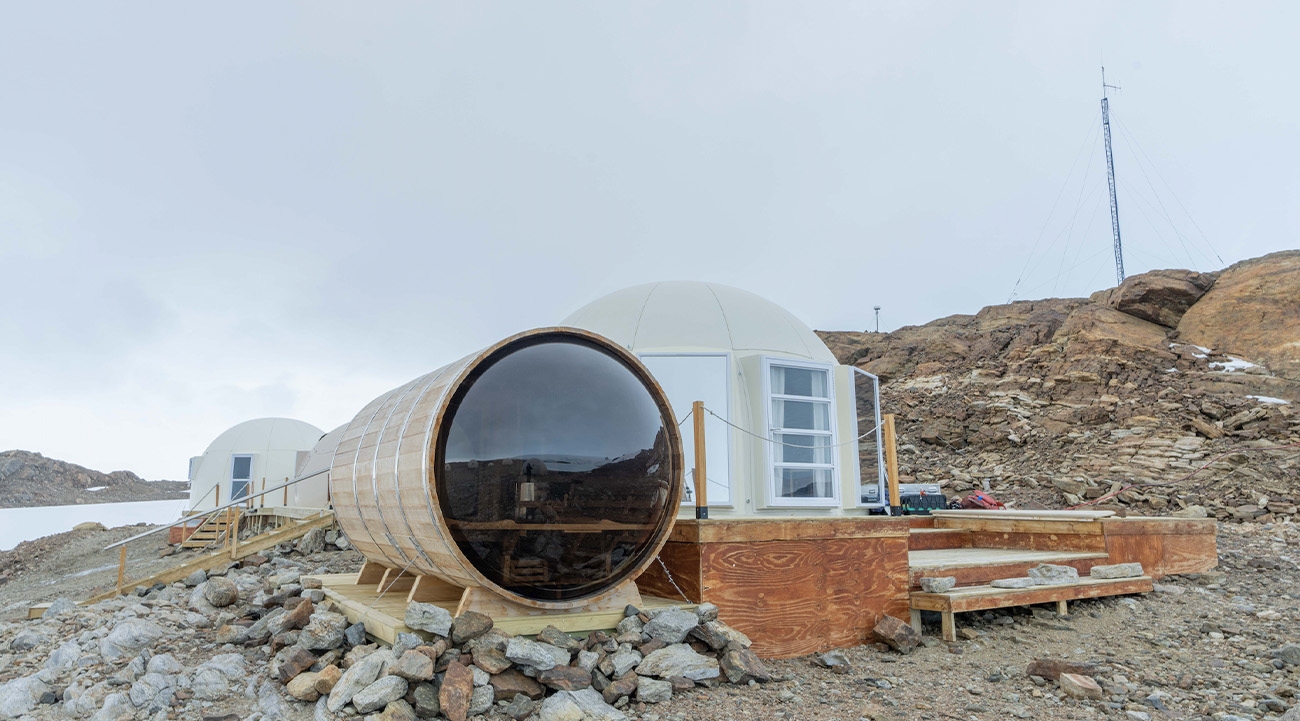
My journey begins on an Airbus A340 out of Cape Town, the plane’s sights set on a runway made of blue ice. It’s a five-hour flight due south, during which the night-time and the stars fade into a sheer brightness that will persist for my week-long visit. If the weather in Antarctica turns, which it often does, we may have to fly back at any moment. Fortunately, an hour before our scheduled landing, the plane’s cabin temperature is lowered and we’re instructed to don the many layers of cold-weather gear that the White Desert team approved before our departure.
Sub-zero temperatures and biblical winds are constant in Antarctica, and they can kill quickly when not properly defended against. The risks don’t phase me. Partly because I’m thoroughly prepared, including a mandatory doctor’s visit that ensured I’m fit enough for the trip. Partly because risk is a given everywhere in the world, in one way or another.
But it’s mostly due to the thrill that precedes a truly intrepid adventure, a rare chance to get offline and step into the unknown, ceding control to the natural forces that civilisation tries to mask. The luxury elements that guests like Buzz Aldrin and Prince Harry enjoyed during past stays add to my excitement too.
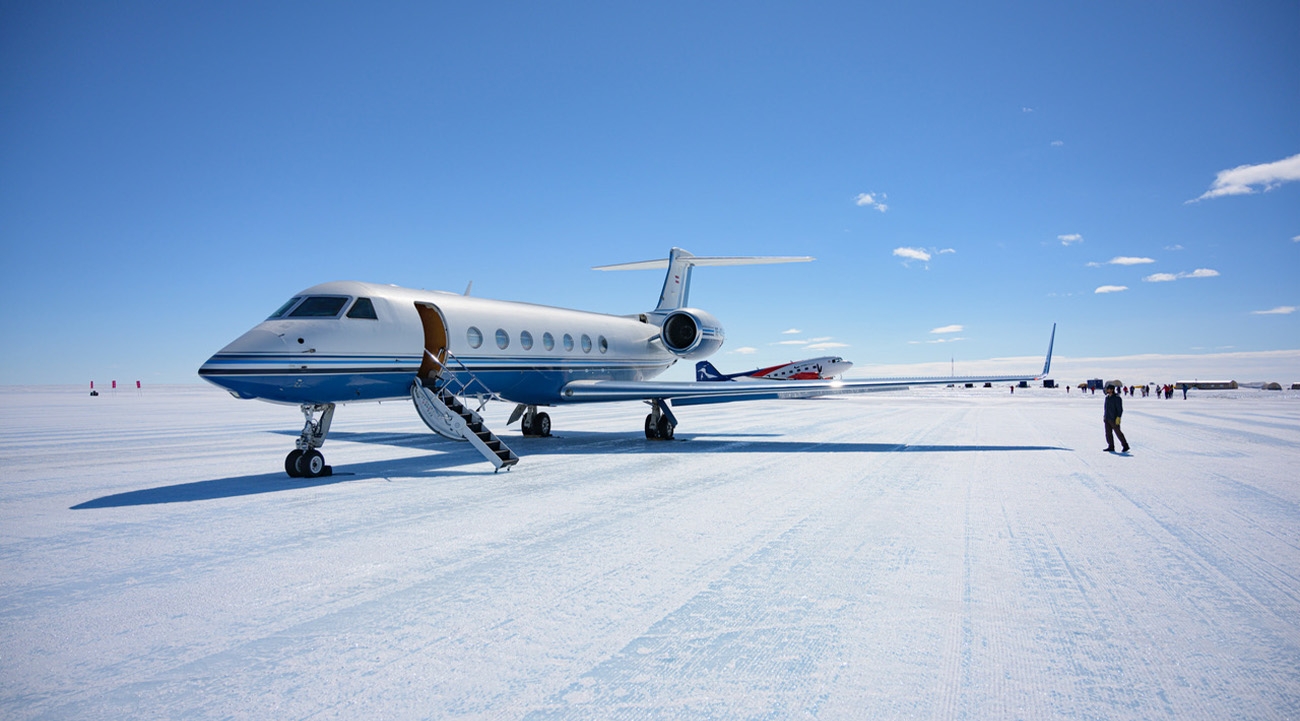
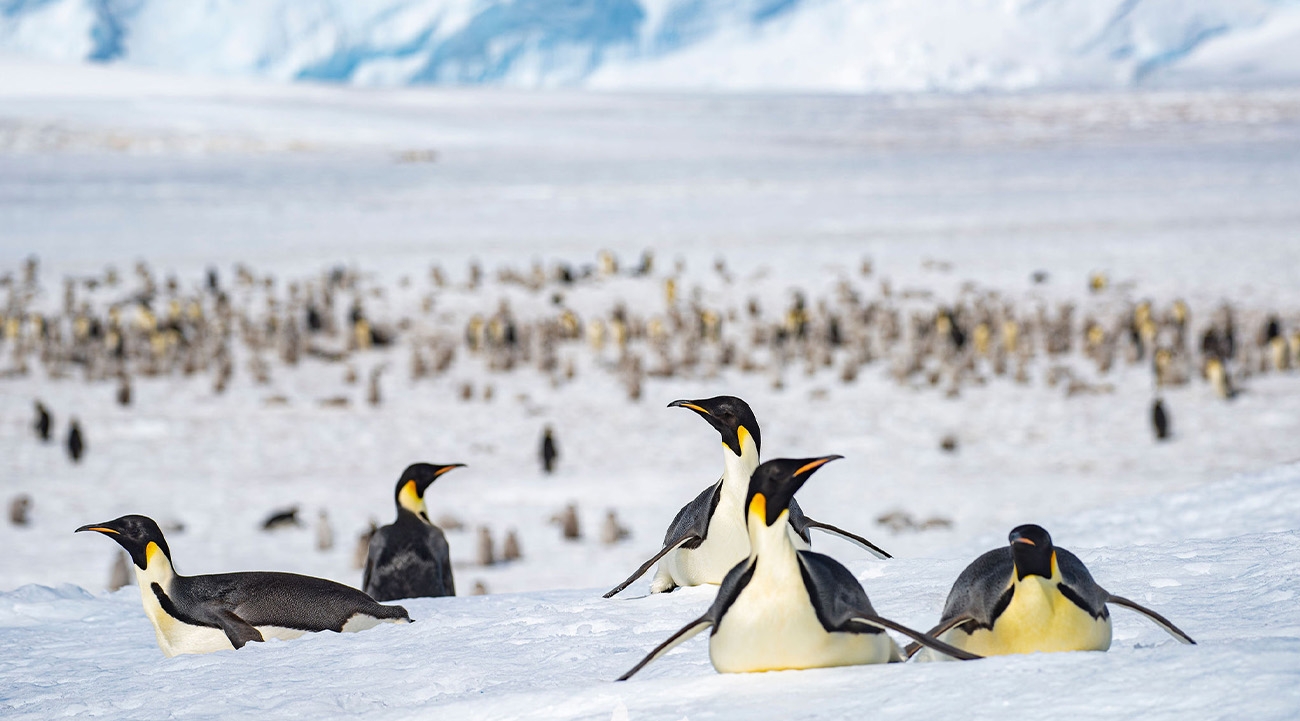
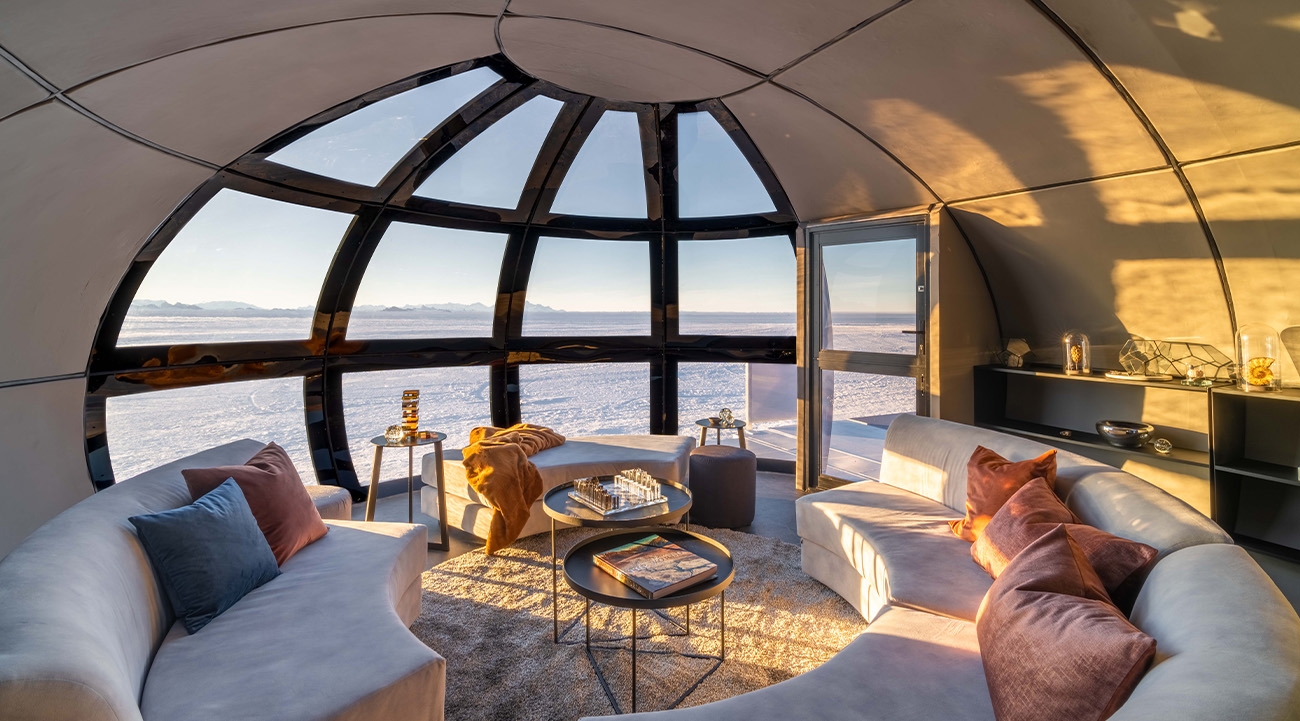
Invigorating encounters
Anticipation does little to prepare me for the first moment stepping off the plane after it glides to a stop at Wolf’s Fang Runway, named for the jagged black peak cutting into the sky nearby. As I move into the sunlight, a shock of cold permeates my clothes, my body, my soul. It’s invigorating, cleansing and surreal when coupled with the unending white that flows to the horizon in every direction. There’s no way to not feel alive and in the moment here, especially when relearning how to walk on the solid, slippery ice.
Focus is essential. Following a brief rest at the aptly named Wolf’s Fang Camp for champagne and charcuterie – this is a luxury camp after all – we’re whisked away to board a Basler BT-67 outfitted with giant skis, which will deliver us to White Desert’s original camp, Whichaway. I’ve only just found my breath when the bird’s-eye view of Antarctica at low altitude knocks it out of me again.
It’s like an ocean frozen in time, infinite shades of white perforated by glacial islands bursting forth from the ice. From that vantage point it would be easy to feel small, but instead I’m imbued with the meaning that comes from connection, from remembering that I’m part of this dazzling planet.

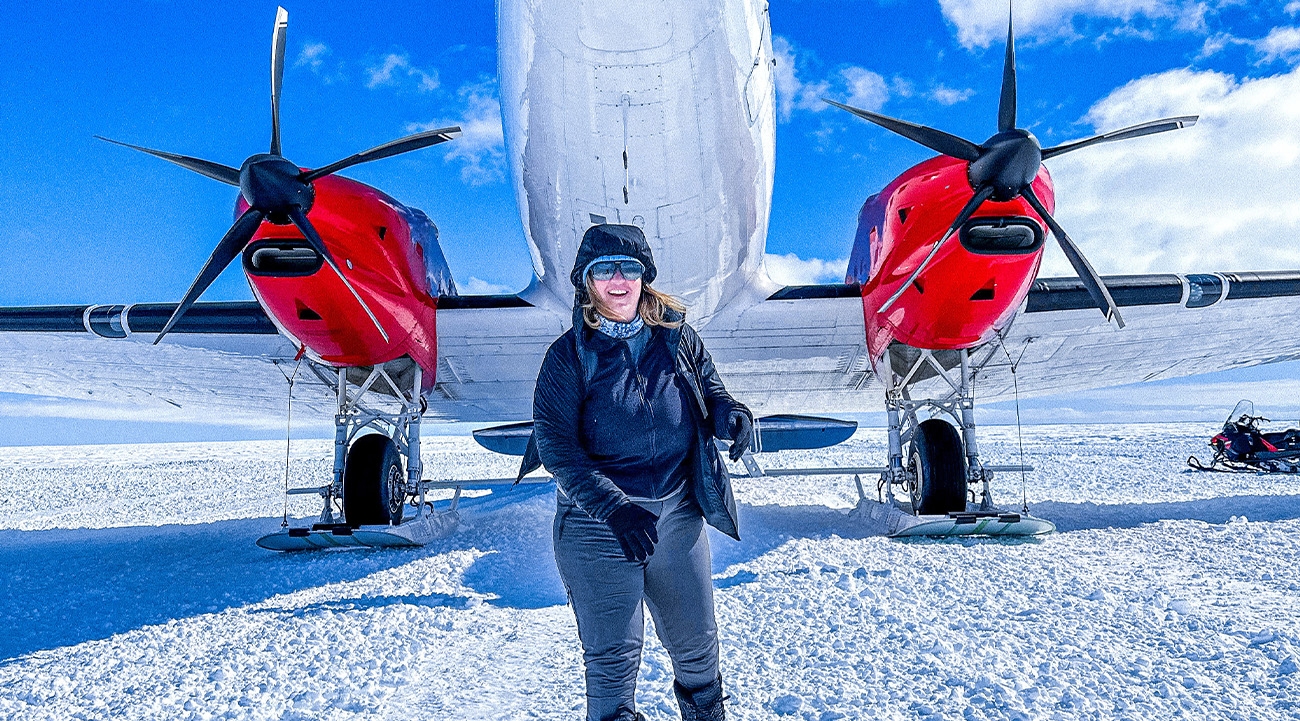
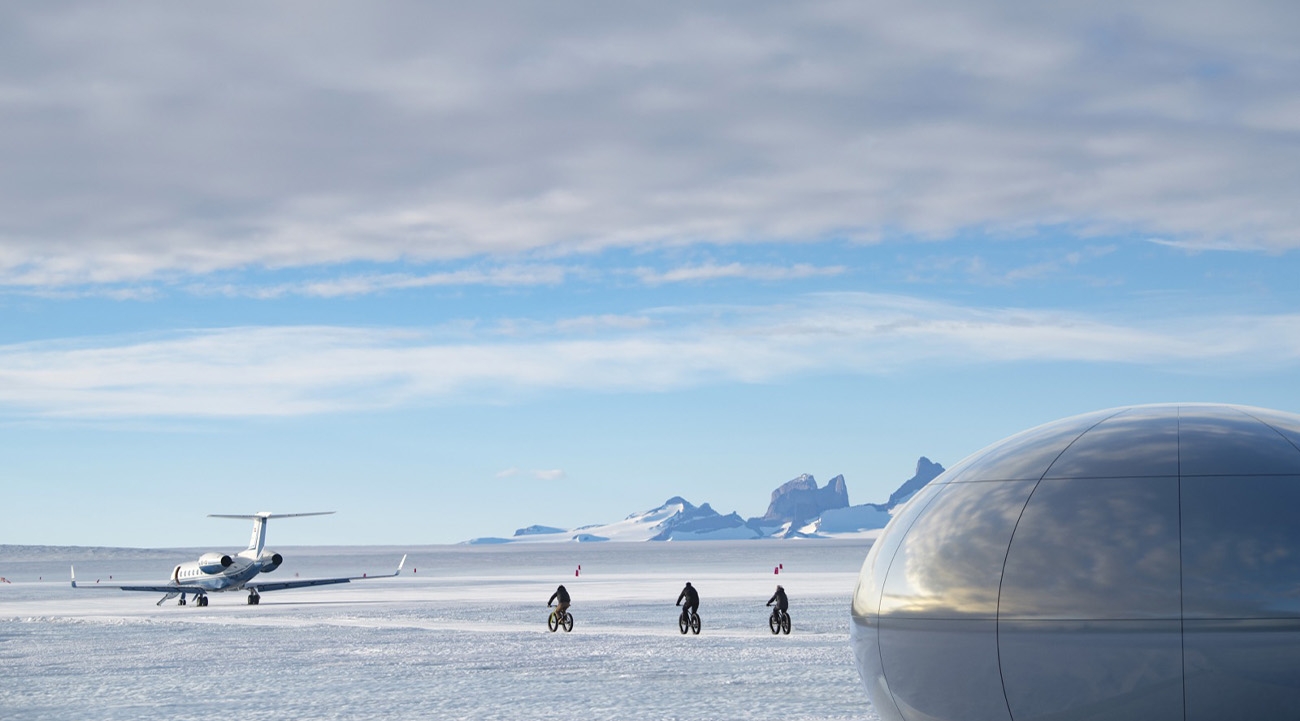
Elite explorers
There are no hotels in Antarctica, but White Desert’s movable, modular pod camps are the epitome of hospitality. Whichaway’s capable staff, many of whom are professional athletes, welcome us into the warm enclave of the communal lounge, which looks out over a freshwater lake in front of a looming glacier.
We’re on the Schirmacher Oasis, an ice-free exception to the continent’s nearly 98% coverage. It’s still very, very cold. After a brief tour of the facilities, including how to use the glamping-style toilets (waste is shipped off the continent at the end of the season), I snuggle beneath the dense blankets and faux fur throw adorning my cosy bed. Whichaway evokes the elite explorers’ clubs of the past.
Champagne flows freely in the lounge, as does conversation. With no phones to distract anyone, we instead get to know each other. It harks back to the days of trading stories over a campfire, and in this case, we do tend to huddle near the heater. Everything at the camp serves a functional purpose, but no feature is more alluring than the standalone cedar sauna. After a stint in there, I’m warmed up enough to walk back to my pod in just a swimsuit. After a few nights at the flagship camp, we reboard the Basler to reach Echo Camp, White Desert’s new, space-inspired set of pods close to White Fang (though you can’t see one from the other).
The futuristic set-up overlooks the infinite white expanse, and I am again humbled by the sight. Inside, a geometric portal installation by artist Anthony James plays with the concept of infinity, capturing the endless wonder of Antarctica outside. I wasn’t expecting to have my mind blown by shakshuka while visiting Antarctica, but White Desert’s culinary team spares no expense in plating phenomenal meals.
Even on an airplane ride to visit a penguin colony, the boxed lunch that’s provided rates among the best food I’ve ever eaten.



Adventure awaits
Speaking of penguins, seeing them almost didn’t happen. The closest emperor penguin colony is on the continent’s edge at Atka Bay, meaning Antarctica’s notoriously volatile weather has to behave at both departure and destination for a visit to occur. Flexibility is necessary while waiting for wind conditions to align, but in the meantime, there is no shortage of riveting activities near the camps. Our first full day at Whichaway is spent hiking across the neighbouring frozen lake in spiky crampons, gawking at the glacier beyond.
After a brief lunch we continue deeper into the continent, hiking for hours around lichen-covered scree until we reach a cliff overlooking the edge of the ice shelf, whose frozen waves extend beyond the scope of vision. We descend the slope and search for an entrance into the solid ice, a door into a breathable sea. A tunnel reveals itself, and we are ensconced in a cobalt blue so sharp, so dense, that I no longer believe I’ve truly experienced the colour blue until now. From climbing ice walls and abseiling to soaking up presentations from staff about their international exploits atop various peaks, there is no shortage of activity.
On my last day, the weather allows a trip to the emperor penguins, their playfulness and attentive parenting delightful to watch. It’s a wonder how they thrive on the ice shelf, so uniquely evolved for the myriad ways in which Antarctica challenges life of any kind. The grip of Antarctica’s interior holds fast as I take White Desert’s Gulfstream G550 back to Cape Town, just avoiding a storm that keeps other guests grounded for days. Filled with awe, gratitude and an overwhelming sense of the planet’s fragility, I let my eyelids respond to the first hint of darkness seen in a week. If I could choose my dreams, I would ask them to take me back to Antarctica.
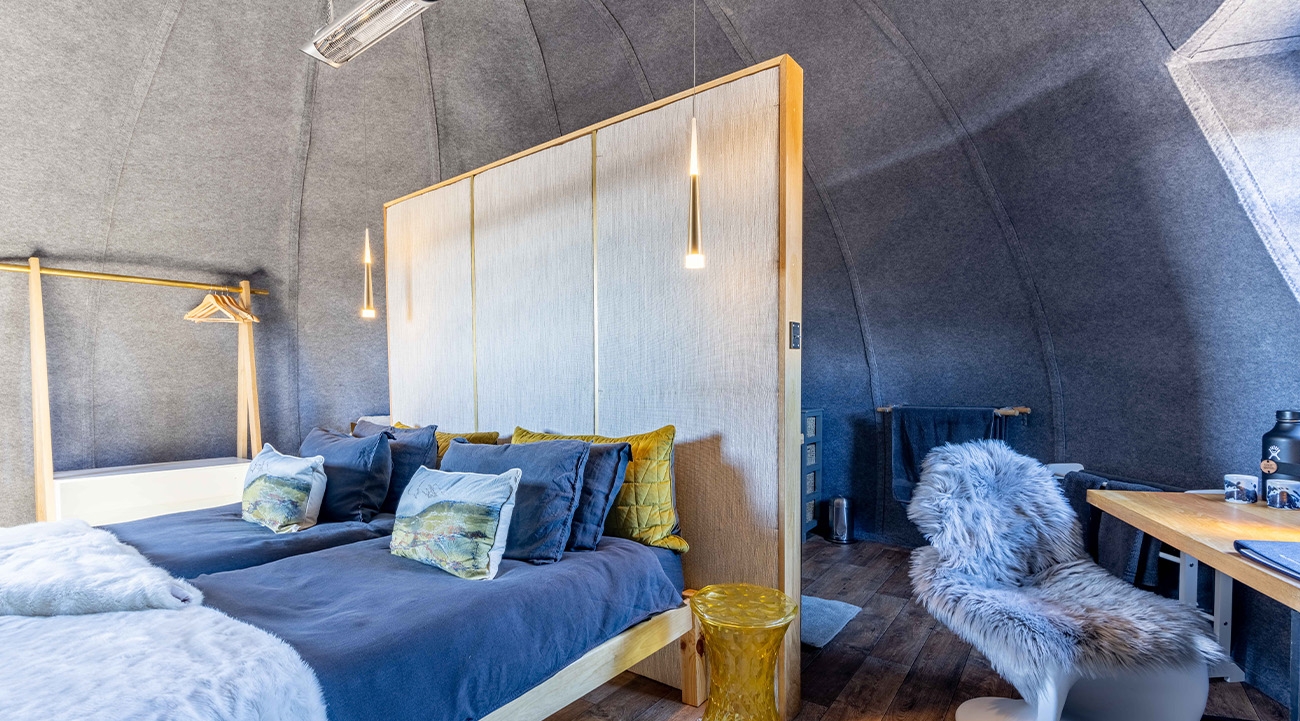
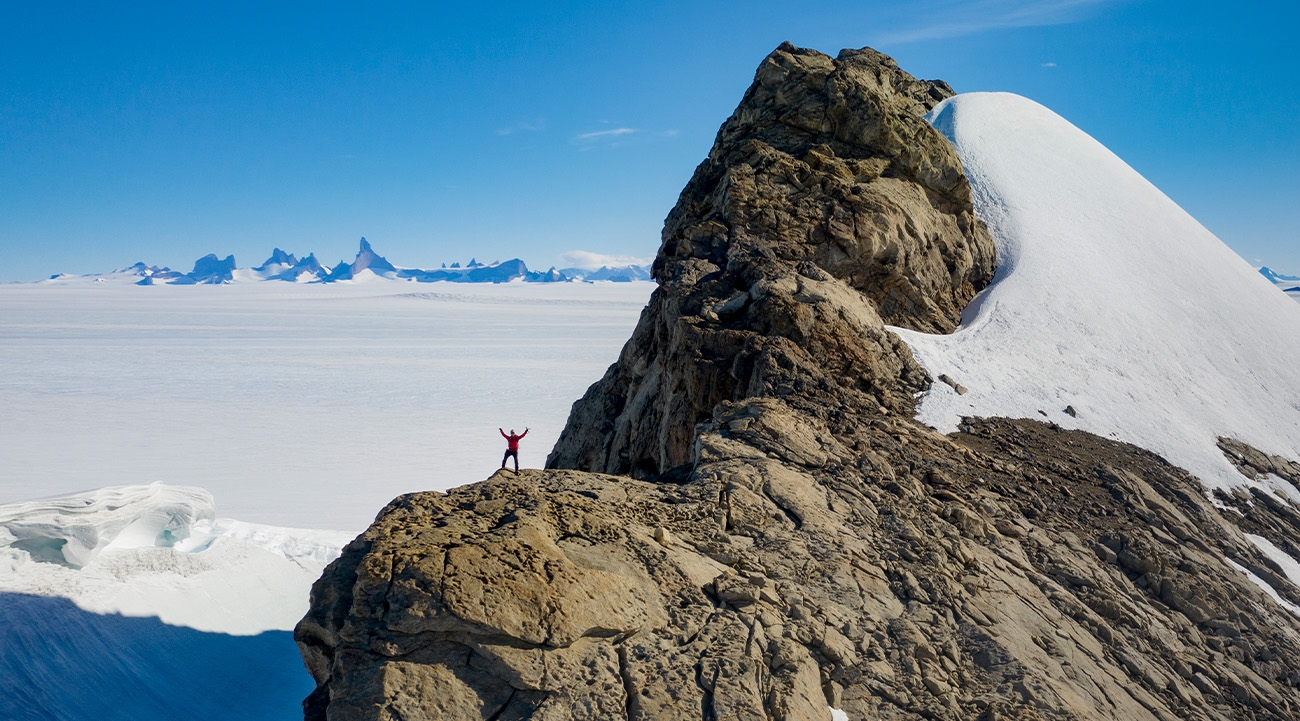
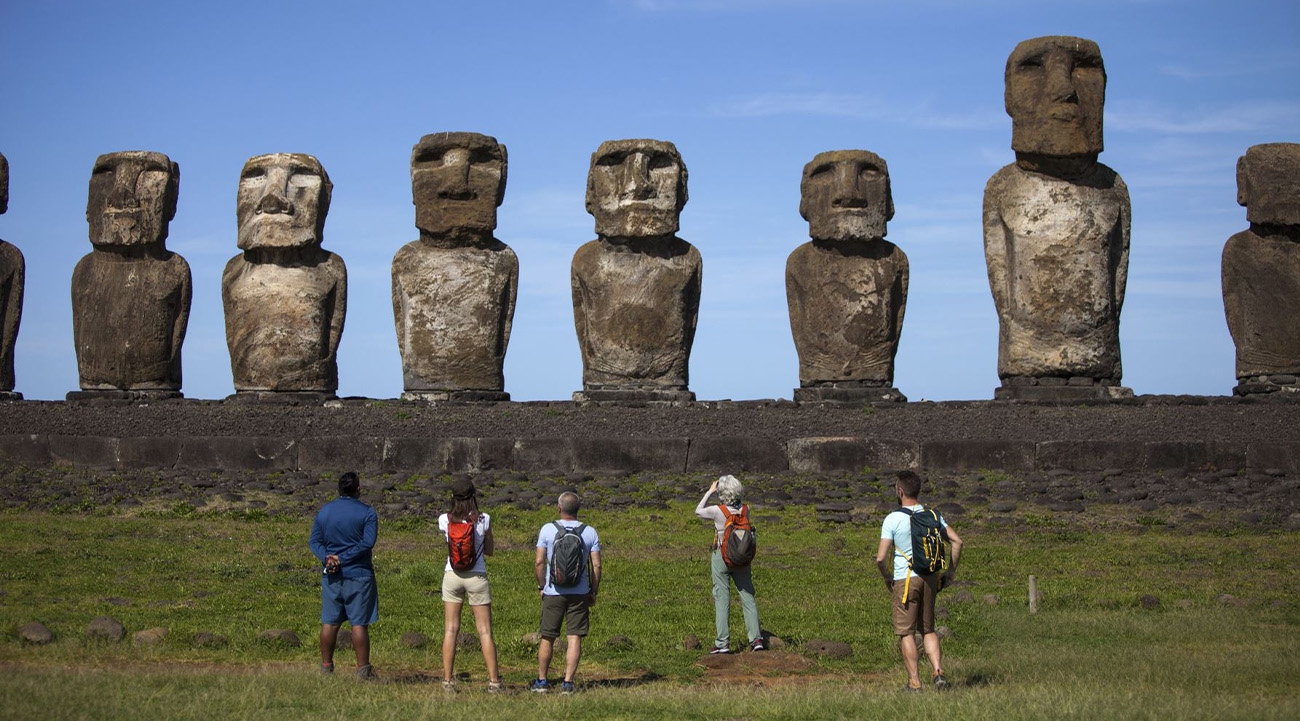
What’s new: White Desert World
White Desert has launched a 21-day journey taking guests to 10 destinations across seven continents. The White Desert World itinerary starts in Mexico City, Mexico, before travelling on to Colombia, Easter Island (pictured), Fiji, Borneo, India, Turkey, Namibia, South Africa and Antarctica. Guests can choose between two endings to their adventure – either opting for White Desert’s Greatest Day trip to Antarctica, where they will enjoy a few hours on the ice, or an extended version where they stay on the continent for a further five days before returning to Cape Town.
Guests will travel around the world in a Boeing 757-200 set up in a private configuration with 50 lie-flat seats. All air operations will endeavour to use sustainable aviation fuel (SAF) where possible and the journey will be fully offset (White Desert has been carbon neutral since 2007). The White Desert World trip is available for a maximum of 50 guests and the first departure is set for January 10. Prices start from $178,000, with the Antarctic five-day extension starting from $32,000.
white-desert.com
Book it: White Desert’s week-long South Pole and Emperors itinerary leads in at $98,500 per person staying at Whichaway Camp or $104,000 to stay at Echo Camp. The trips depart from Cape Town and are limited to 12 guests per departure.
white-desert.com
